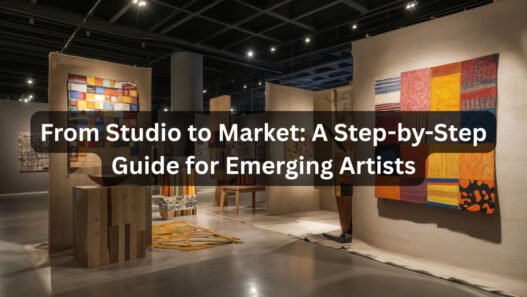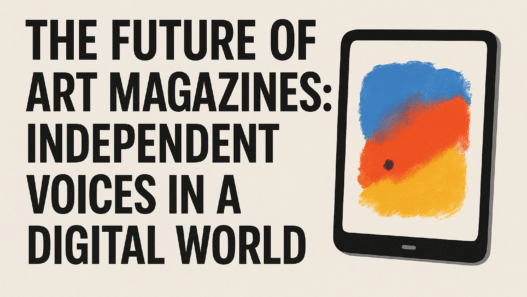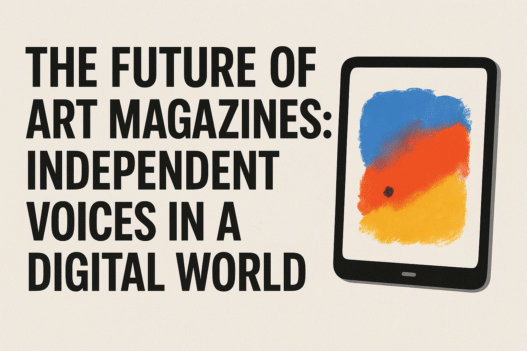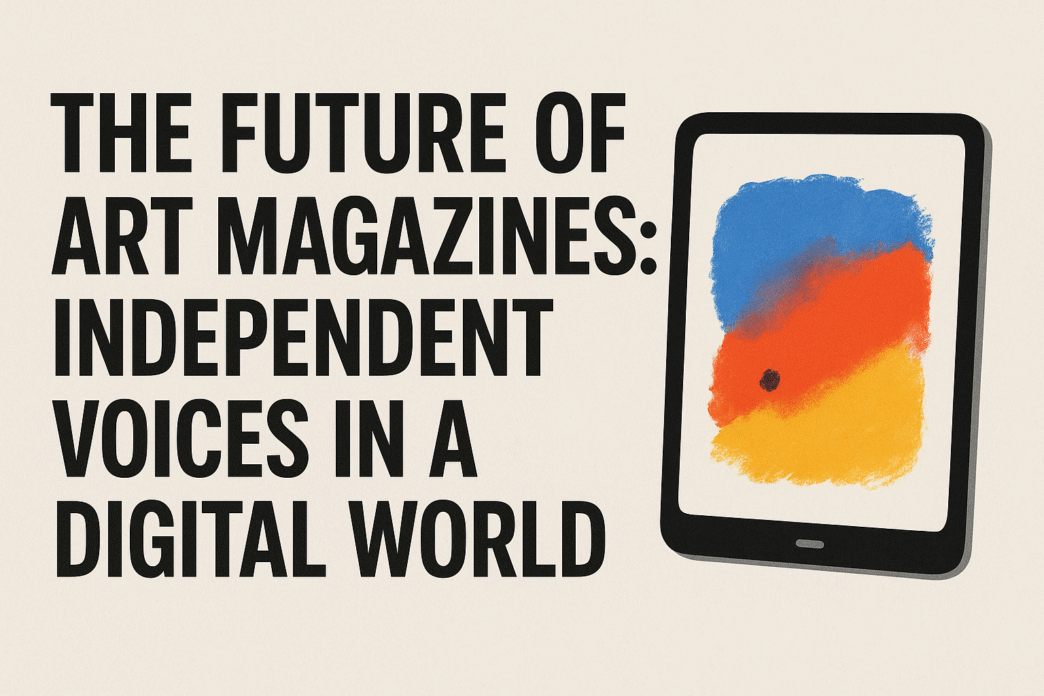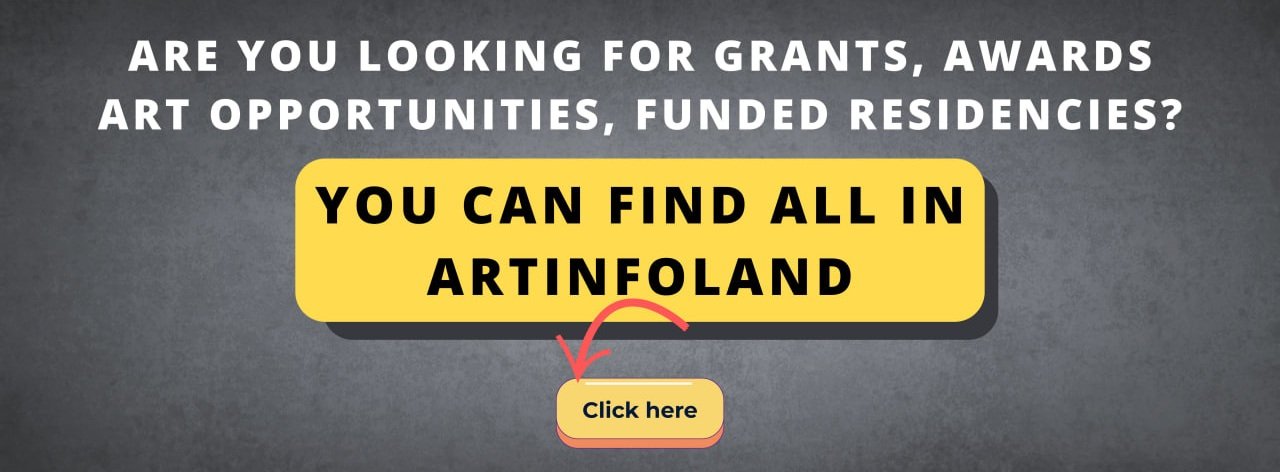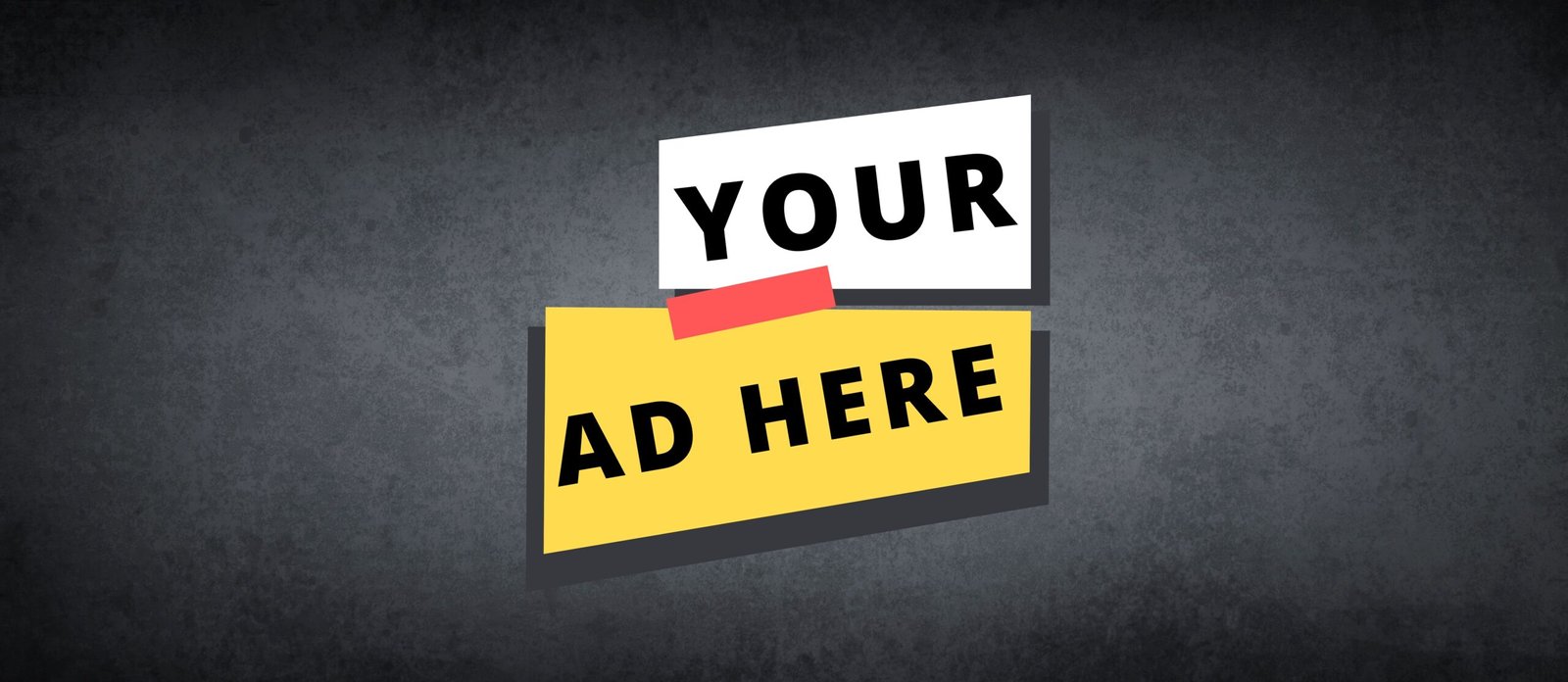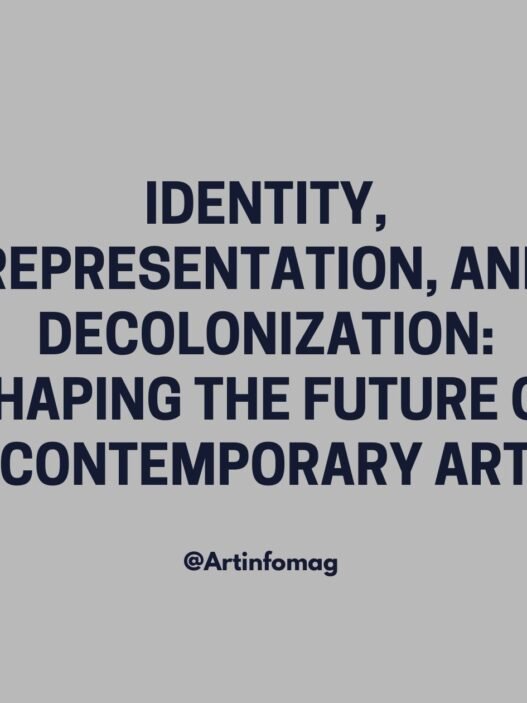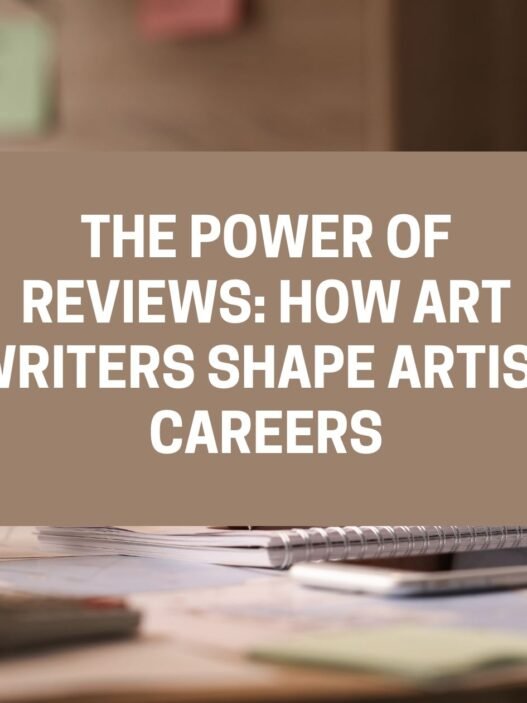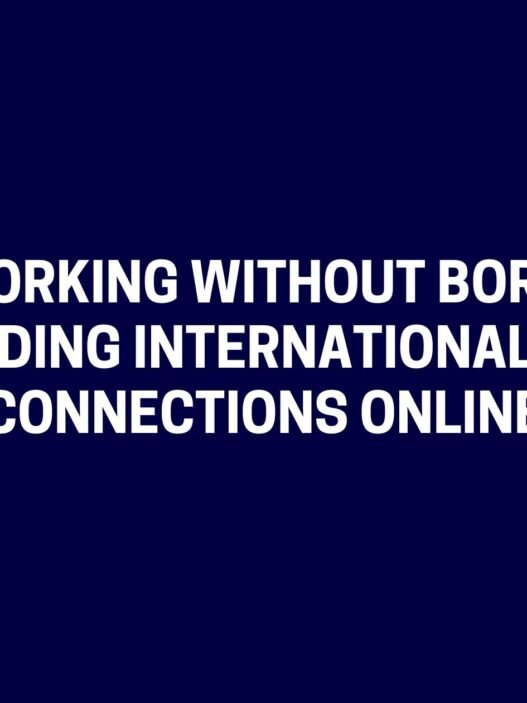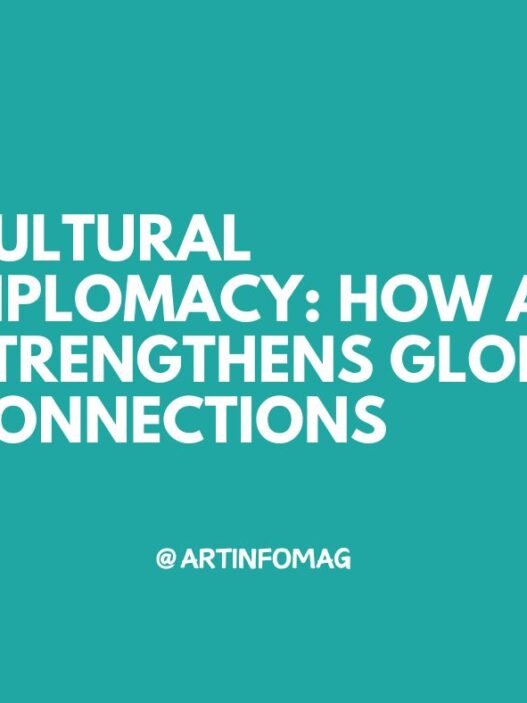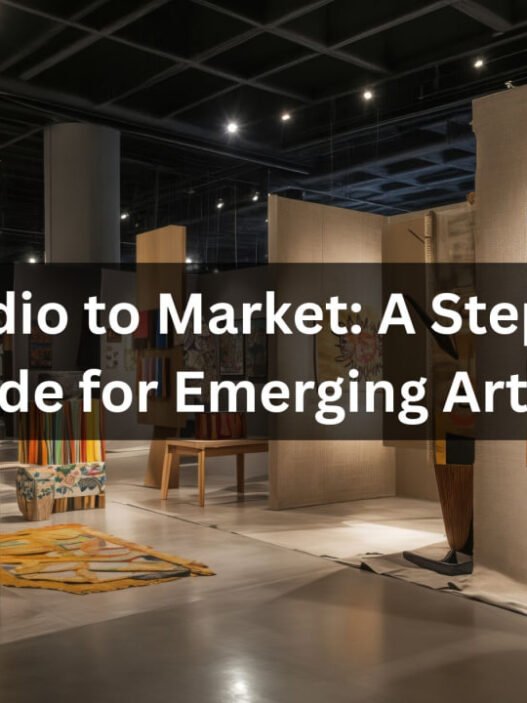In the ever-evolving landscape of art and media, traditional print magazines are giving way to a new generation of independent, digital platforms that challenge how we consume and engage with art. The glossy pages of legacy art journals are no longer the sole gatekeepers of discourse; instead, a growing number of online magazines, artist-run publications, and curator-led projects are reshaping the future of art publishing — one story, one perspective, and one post at a time.
From Print to Pixels: A Changing Medium
The shift from print to digital has not simply been about convenience. It has redefined accessibility, distribution, and authorship. Digital magazines can reach a global audience instantly, transcending the geographical and economic barriers that once limited print readership. Social media integration allows readers to interact with content (commenting, sharing, and even contributin) creating an ecosystem where art writing becomes a conversation rather than a monologue.
For many, this digital transformation has been liberating. Independent art platforms can now exist outside institutional sponsorship or advertising pressures, enabling a more authentic and diverse editorial voice. From underground zines to sleek online journals, digital publishing has democratized who gets to write about art and which stories are told.
Independent Voices: Beyond the Mainstream Narrative
The rise of independent art magazines represents a quiet revolution. These platforms are often born out of necessity — created by artists, curators, and writers who feel underrepresented in mainstream media. They prioritize criticality over commercialism, exploration over trend, and community over hierarchy.
Independent art magazines like Contemporary&, Hyperallergic, and ArtReview Asia have carved out spaces that celebrate underrepresented voices and regional perspectives, proving that global art discourse does not have to be centralized in New York, London, or Berlin. Emerging publications are tackling themes of identity, ecology, feminism, and decolonization — reflecting the realities of a complex, interconnected world.
In this new landscape, content becomes more than commentary; it becomes a form of activism. Writers and editors are not merely describing exhibitions but questioning systems of power, visibility, and value within the art world itself.
The Role of Technology and AI
Artificial intelligence and digital tools are also reshaping the editorial process. From AI-assisted research to image recognition and content curation, technology is helping smaller teams produce professional-quality publications with limited resources. Interactive layouts, immersive storytelling, and multimedia features ( such as embedded video interviews or 3D exhibition walkthroughs) are redefining how audiences experience art criticism.
However, the integration of AI also raises new questions: Can machine-generated writing capture the emotional nuance of art? How do we balance efficiency with authenticity? Independent magazines are at the forefront of this experimentation, exploring ways to use technology not as a replacement for human creativity, but as an extension of it.
Building Communities, Not Just Readerships
Unlike traditional magazines, many independent art platforms see themselves as communities rather than mere publishers. Through newsletters, online residencies, and open calls, they build networks that connect emerging artists and writers across borders. Their purpose is not only to report on the art world but to participate in it — actively shaping dialogues, fostering collaborations, and amplifying marginalized perspectives.
This shift from audience to community signals a broader transformation in art publishing. Readers are no longer passive consumers; they are participants, collaborators, and co-creators in an evolving conversation.
The Future: Decentralized and Diverse
As we look toward the future, the most promising art magazines will be those that embrace flexibility, transparency, and inclusivity. They will operate less like institutions and more like ecosystems — interconnected, adaptive, and grounded in collective vision.
In a digital world saturated with content, authenticity and depth will remain the true currency. Independent art magazines that prioritize meaningful dialogue over metrics, and curiosity over conformity, will continue to shape the intellectual and emotional fabric of the global art community.
The future of art publishing is not about who speaks the loudest, but who listens — and how those voices, once on the margins, are finally heard.
Artinfoland Magazine celebrates these new independent voices, the digital storytellers, critical thinkers, and creative rebels redefining how we write, read, and experience art in the 21st century.




